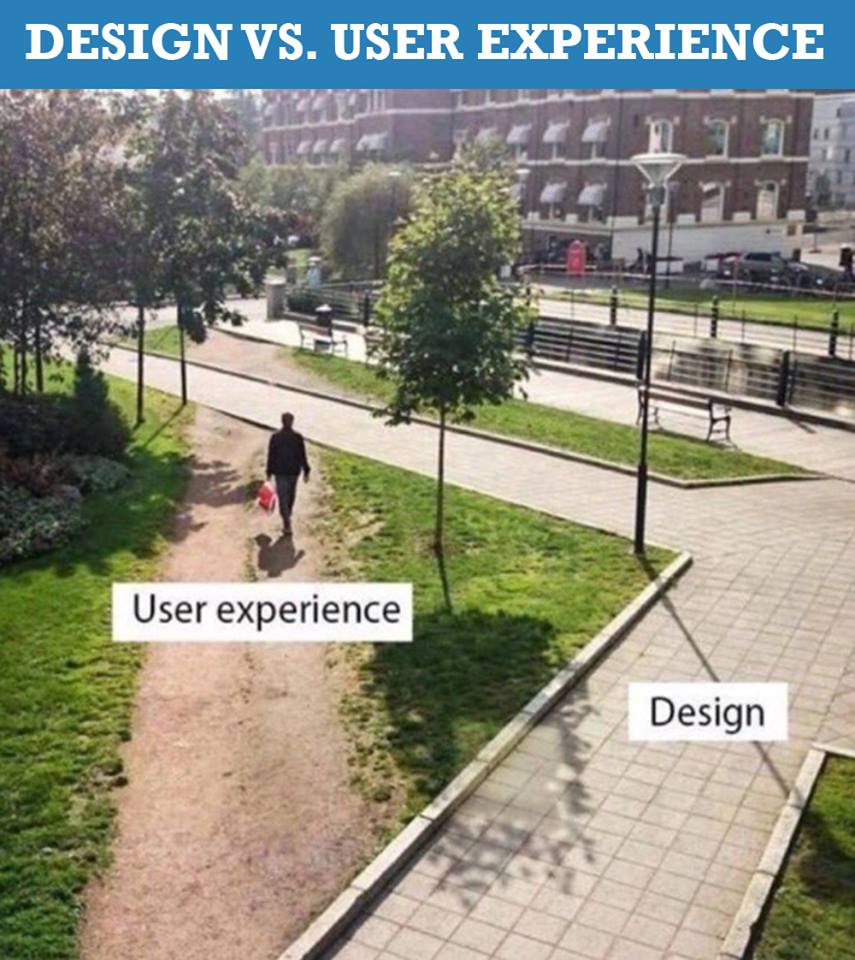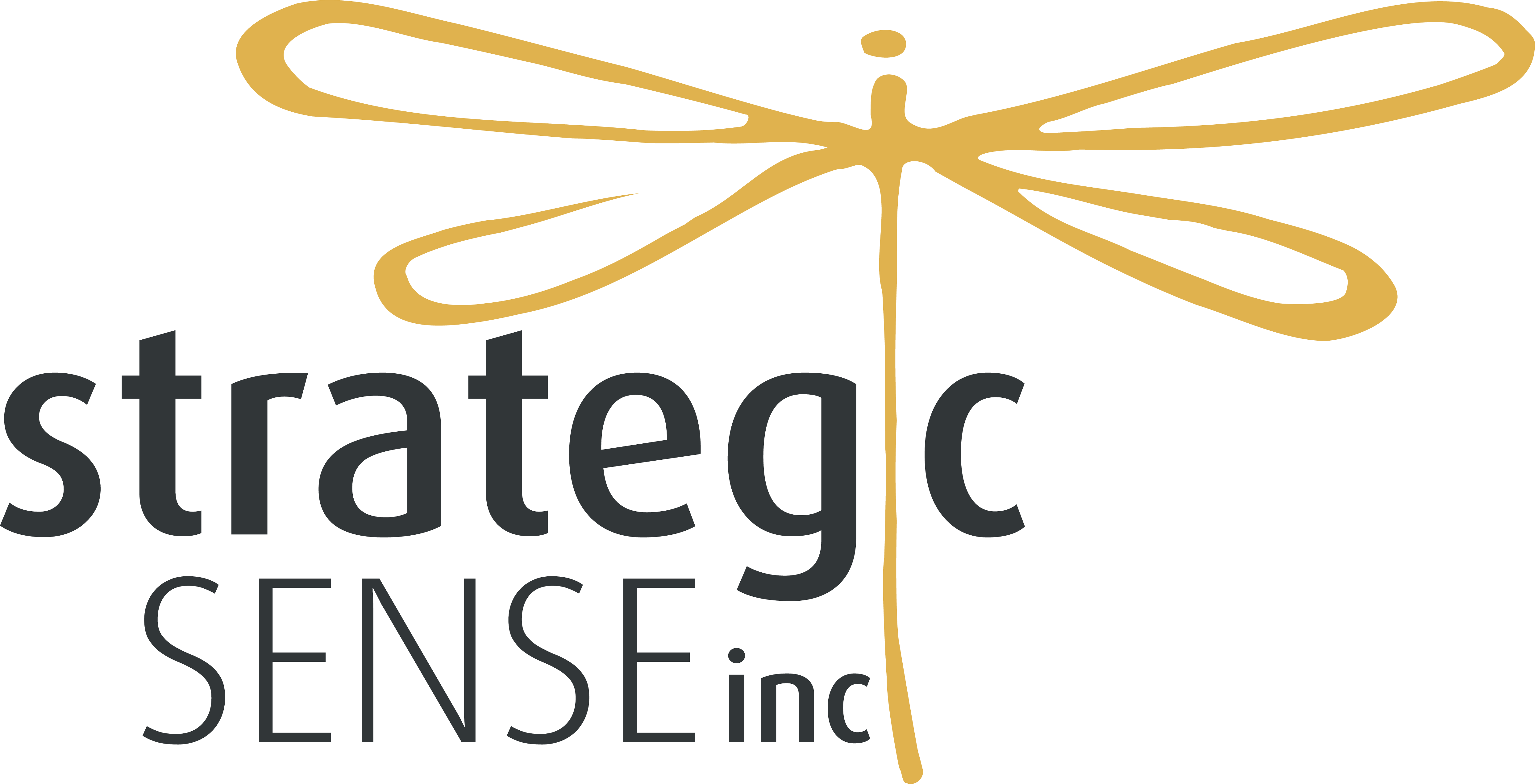
If you are the owner of this image, please contact us for attribution.
The point in the image to the left is clear about human experience:
What you design for people, and the experience they prefer are often two separate things.
In change management, this is significant, because when change rolls out to the organization, utilization is driven by experiential use – and ‘people experience’ will always be chosen before an isolated design will.
Design thinking is sexy, it is pretty, and it is important, but it falls short when the experience for the stakeholders is dismissed or forgotten in the change plans.
Experiential Design requires a high level of engagement.
Unfortunately, ‘human experiential design’ is viewed as counter to the task at hand by most technical teams, they see the big job as rolling out technology and they focus on the push, and not a handshake.
Not great when you are standing on the cliffs of change.
If you want a change management plan to work, then you must understand the users’ current experience, how they will experience the change, and work with them to develop a new experience; one that will change behaviour, drive the business objectives for that technology, and one that people can get behind.
There is nothing worse for a company than to spend millions on the change only to have users adopt none of the features that drove the need for change in the first place. Worse yet, choose to side-step the change all together!
Have you built a Journey Map?
Are you shaping your projects as ‘hospitable’ for the people being asked to change?
Drop us a line and let us know what you think!
____________________________
[PostFooterPB]
